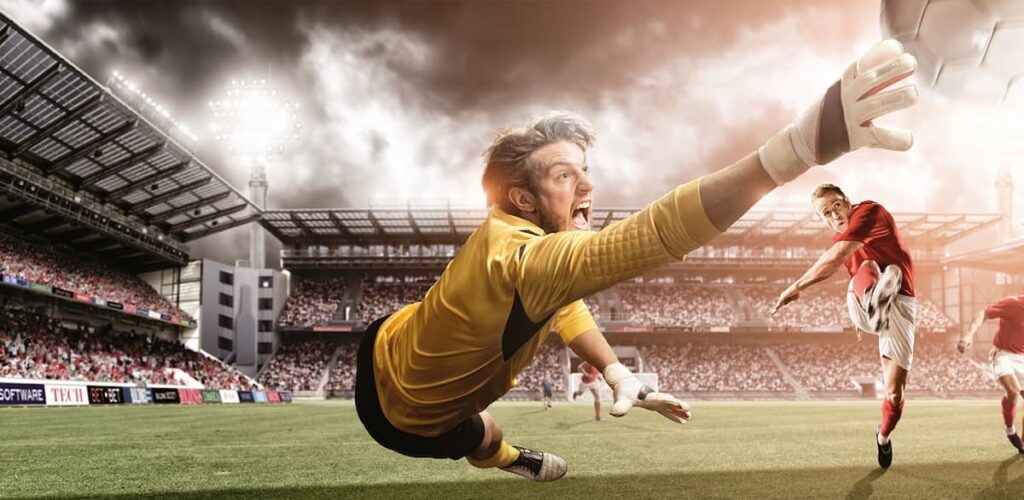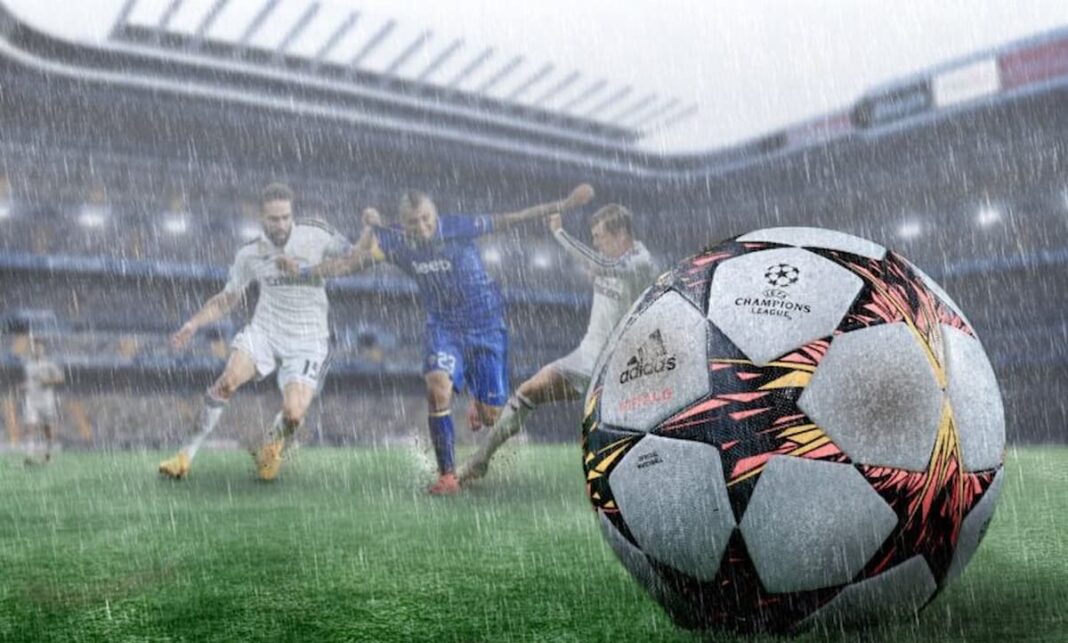Rain can significantly affect football matches, impacting both player performance and the overall outcome of the game. When it rains, the pitch becomes slippery, making it challenging for players to maintain their footing. This increases the likelihood of slips, falls, and injuries. Additionally, a wet ball behaves differently, becoming heavier and harder to control. Players may struggle with dribbling and passing, which can disrupt the flow of the game. Rain also affects the visibility for both players and spectators, potentially leading to misjudged plays and missed opportunities. Fans looking for a chance to witness these unpredictable and thrilling moments often seek live football tickets to experience the game firsthand, despite the challenging weather conditions.
Effects of Extreme Heat on Football Matches
Extreme heat poses a different set of challenges for football players and can influence the outcome of matches. High temperatures lead to quicker dehydration, causing fatigue and decreasing player performance. To mitigate these effects, teams often implement more frequent hydration breaks and rotate players more frequently to maintain energy levels. The pace of the game tends to slow down, as players conserve energy to cope with the heat. Additionally, the risk of heat-related illnesses, such as heatstroke, increases, making it crucial for medical staff to be vigilant and prepared. Teams also adjust their training regimens to acclimatize players to hot conditions, ensuring they can perform optimally during matches.
Role of Wind in Football Tactics
Wind plays a crucial role in football tactics, influencing how teams approach both attacking and defensive strategies. A strong wind can alter the trajectory of the ball, making long passes and shots less predictable. Teams often adjust their game plan based on the wind direction and intensity, choosing to keep the ball on the ground more when facing strong winds. Goalkeepers need to be particularly cautious, as wind can make it challenging to judge the ball’s path, especially during set pieces like corners and free-kicks. Coaches may also instruct players to take advantage of the wind when it’s in their favor, using it to add power to their shots and crosses.
Snow and Its Challenges in Football Games
Snow presents unique challenges in football, affecting both the playing surface and visibility. A snow-covered pitch becomes slippery and uneven, making it difficult for players to maintain control over the ball and their movements. The ball itself can become harder to see and control, leading to a higher incidence of errors and unpredictable gameplay. Players must wear special footwear to cope with the icy conditions, which can affect their comfort and performance. Matches played in snow often see a slower pace, as players take more care to avoid slips and falls. The cold temperature can also impact player stamina and concentration, requiring teams to adapt their strategies accordingly.
Humidity and Its Influence on Player Stamina
High humidity levels can significantly impact player stamina and overall performance during a football match. Humid conditions make it more difficult for the body to cool itself through sweating, leading to faster dehydration and increased fatigue. Players may find it challenging to maintain their usual intensity and endurance, often requiring more frequent breaks and substitutions. The combination of heat and humidity can also heighten the risk of heat-related illnesses, such as cramps, heat exhaustion, and heatstroke. Teams must adapt their training and match-day routines to ensure proper hydration and recovery strategies, helping players to cope better with the demanding conditions.
Playing on Wet Fields: Risks and Strategies
Playing on wet fields introduces a host of risks and requires specific strategies to mitigate them. A waterlogged pitch can become dangerously slippery, increasing the chances of players losing their footing and sustaining injuries. The ball’s behavior also changes on a wet field, as it can skid unpredictably, making accurate passing and shooting more challenging. Teams must adjust their tactics, often opting for shorter passes and a more cautious approach to ball control. Defenders need to be particularly vigilant, as slips and misjudgments can lead to goal-scoring opportunities for the opposition. Coaches may also emphasize the importance of wearing appropriate footwear with better grip to enhance stability on the slippery surface.
Indoor vs Outdoor Stadiums: Weather Implications
The choice between indoor and outdoor stadiums has significant weather implications for football matches. Indoor stadiums offer a controlled environment, protecting players and spectators from adverse weather conditions such as rain, snow, and extreme temperatures. This allows for a more consistent playing surface and fewer interruptions, ensuring a smoother and more predictable game. However, outdoor stadiums provide a traditional and authentic football experience, with weather playing a crucial role in the dynamics of the match. Teams playing in outdoor stadiums must be prepared to adapt to varying weather conditions, which can add an element of unpredictability and excitement to the game. The decision between indoor and outdoor venues often depends on the location and climate, as well as the preferences of the teams and organizers.

Foggy Conditions and Visibility Issues
Foggy conditions can create significant visibility issues during football matches, affecting both players and officials. When visibility is reduced, it becomes difficult for players to judge distances accurately, making passing, shooting, and positioning more challenging. Goalkeepers, in particular, face difficulties in tracking the ball and anticipating shots, increasing the likelihood of mistakes. Fog can also obscure the referee’s view, leading to potential errors in decision-making and missed calls. To cope with foggy conditions, teams may need to adjust their tactics, relying more on close-range passes and maintaining tighter formations to ensure better communication and coordination. Matches played in dense fog may require additional lighting or even postponement if visibility becomes too poor to continue safely. Read more articles related at Oere Times.
